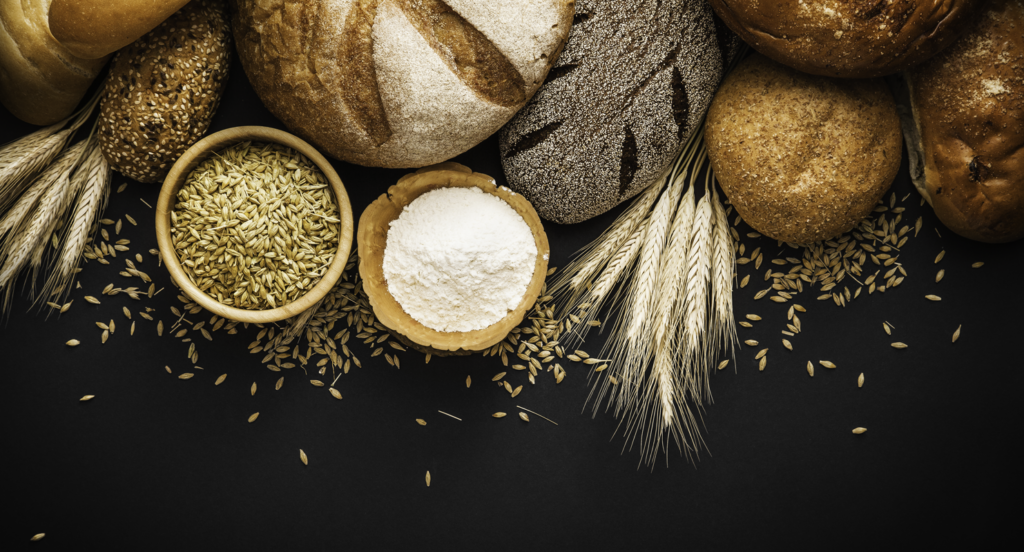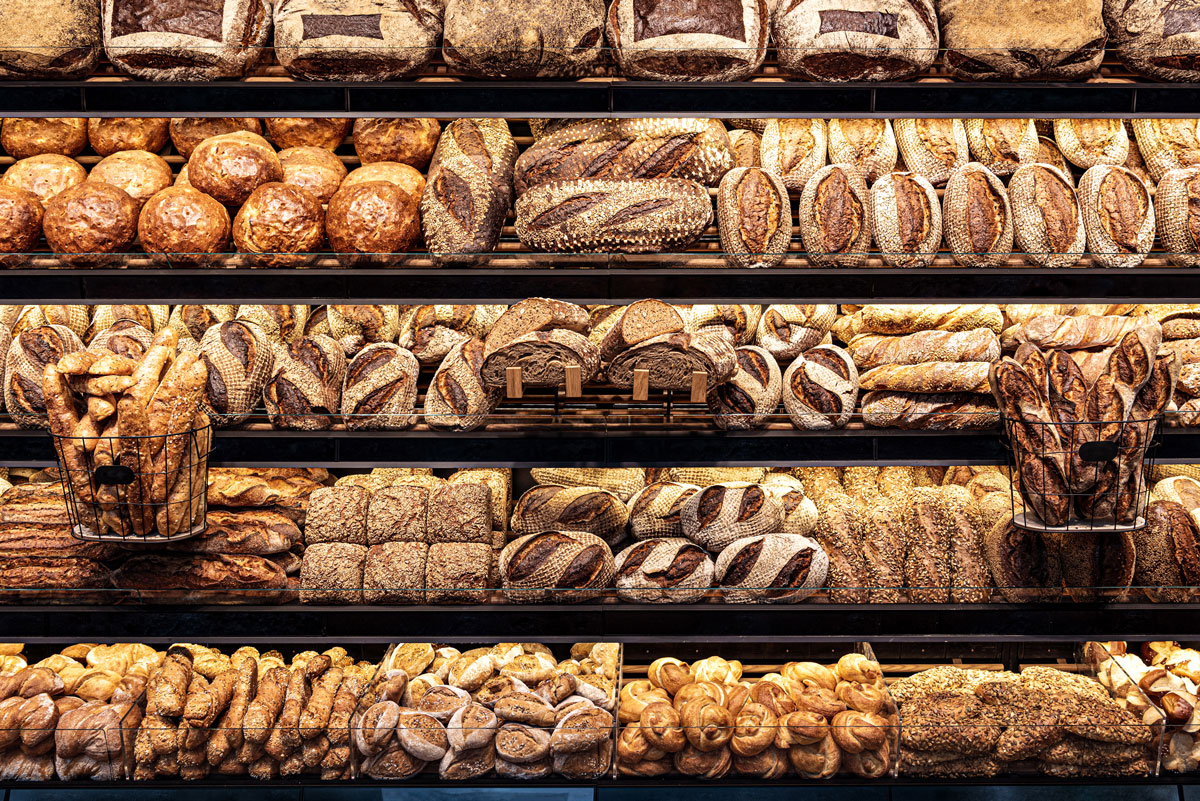
Photo / Adobe Stock
During the first phase of the coronavirus “lock-down” there was, interestingly, a huge surge of interest in home cooking, and in particular, baking. And of all the baking of pies, cookies and cakes, baking bread was the a favorite. We know because our sister site cherrybooks.org saw a sudden rise is inquiries and orders for fantastic bread baking books like the ones featured below.
Likely a combination of lots of “free” time in the house and a natural human tendency to crave comfort food during a time of stress, the feelings of baking and having the ability to feed and care for oneself was probably a very strong motivator. And what is more comforting than freshly baked, nay, home baked bread with a little butter and jam to beautify an afternoon spent at home. Even if the reason for being inside is not an ideal one.
Oddly, in the US and some other nations, bread and wheat products have been cast in the role of villain due to gluten intolerance and related illnesses. In the UK alone, in 2017, there were a reported 10% of the population suffering from some form of intolerance. Such a percentage would translate into tens of millions in the US.
Is bread really the culprit or is there something else going on?
As a disclaimer, let it be stated up-front that there are certainly many people who suffer from conditions such as Celiac Disease who have a very real, hereditary response to gluten which is very serious. Many of the rest of us, however, who are not in that category, may have a situation brought on by a completely different set of circumstances.
Regardless of exact statistics, intolerance to gluten is clearly a “thing”, particularly in the US. Many theories are out there as to the cause, including industrial bread manufacturing methods, suspect ingredients such as emulsifiers used in baking and pesticides on wheat farms. Some have even reported that when intolerant individuals travel to Europe, symptoms disappear, although they eat bread and other gluten containing foods.
An entirely different culture producing a drastically different result: German baking tradition
While American Style bread is also available in Germany, it is rare and not commonly sold in Bakeries but rather only in SuperMarkets. They call it “Toast-Bread” as it’s primary advantage is being square and machine cut, therefore a better fit for a common toaster than the various shapes and sizes of slices cut from what they consider “normal” loaves.
What is considered normal bread is, for example, never sold more than eight hours after baking (except at “day old” scavenger prices). The number of real bakeries, ones that take very seriously the task of making “the daily bread”, per capita is large compared to any US city. This can be dug up in statistics, but is easier to realize by just walking down any street in a German city. Literally every other shop is a small bakery with a dozen different types of bread baked that same morning.
Photo / Adobe Stock
Bakers up at 4am all across every town and city
Another factor is the wide range of fresh ingredients included. A short list of the types of bread and various ingredients is vast, and varies from region to region. Six hundred main bread types are well known and this does not include many specialty breads and rolls.
In addition to wheat, bread is often made with rye, barley, potato, oat, spelt, soy and other lesser known grains. Added seeds, nuts and fruit often include one or more of the following (partial list):
- sunflower seeds
- pumpkin seeds
- poppy seeds
- fled seeds
- walnuts
- raisins
- currants
- sesame seeds
- olives
- linseed
- hazelnuts
- almonds
- oat flakes
- whole gain groats
- whey
In Germany, at any common bakery on the street, most, if not all of the items described above would be available on any given day. No need to go to a special, overpriced “organic” or “gourmet” bakery in some high end neighborhood. Just any average bakery will do.
Oddly, these same ingredients are often touted in online health advice articles – implying that there are health benefits to adding these “special” ingredients to one’s diet, all while other countries have had them as daily menu items for centuries if not thousands of years.
Taking all of the above into account, it should come as little surprise that, in the US, obscure health issues due to the lack or misuse of heretofore standard food items would be on the rise. In the case of gluten intolerance, it rises to practically epidemic proportions. Fixing this for any individual, short of taking residence outside the US, would require extra efforts and involve a possible increase in the cost of nourishment. However, considering the alternatives (suffering with a condition without a cure), it might be well worth it.
Find books on Baking, Sustainable Energy, Economics and many other topics at our sister site: Cherrybooks on Bookshop.org
Enjoy Lynxotic at Apple News on your iPhone, iPad or Mac and subscribe to our newsletter.
Lynxotic may receive a small commission based on any purchases made by following links from this page.
